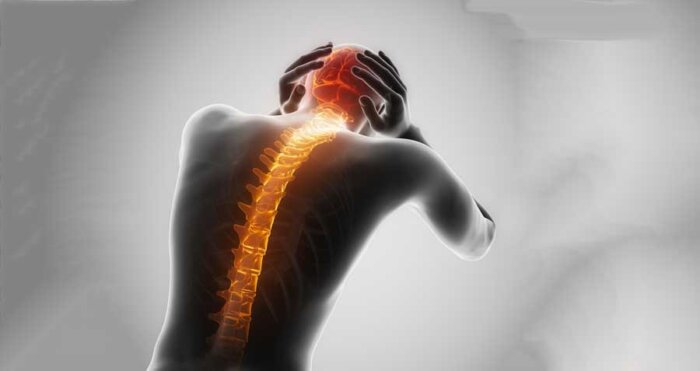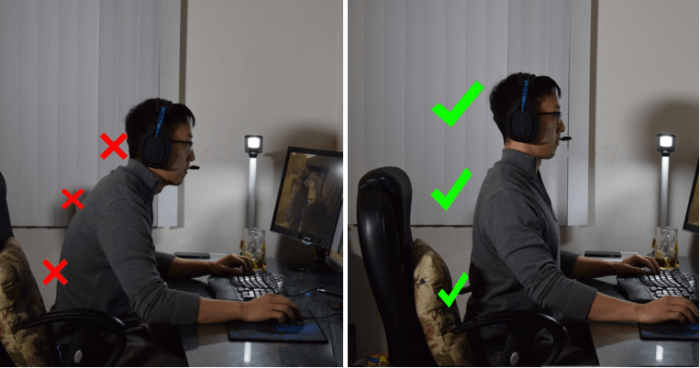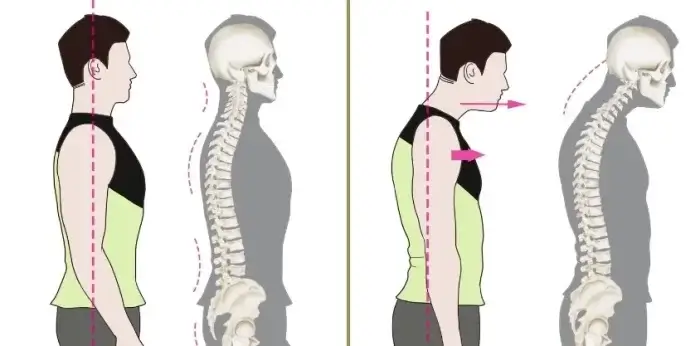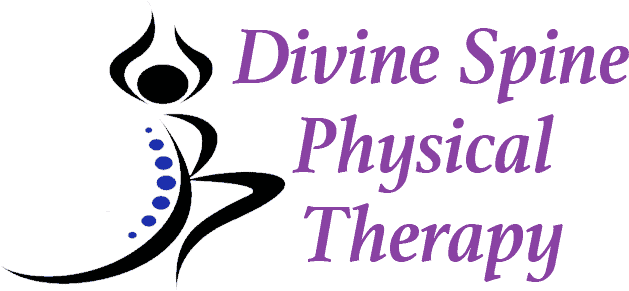Posture & Headaches: A Physical Therapist’s Guide
Do you know physical therapy is highly effective against headaches?
Headaches as an ailment are well known and affect millions of people across the globe. Nevertheless, in the intricate web of triggers and causality, one silent cause remains poorly understood and that is sitting or standing posture. Poor posture sometimes seems remote and only superficially related to physical health. As physical therapy experts, we are well aware of the connection between posture and headaches. Our goal in this blog is to highlight the significance of this correlation and open the pathways for relief and well-being.

The Interconnection
Posture is not merely about standing or sitting patterns as it is the very foundation underneath proper alignment of the spinal cord, neck, and head. Its absence or improper implementation causes muscle tension and strain, which might manifest in headaches. As the neck and shoulder muscles battle the negligence of posture, they become tight and overused, resulting in various types of headaches starting from tension ones and leading up to migraines in severe cases.
Understanding the Mechanics
The core reason for the development of headaches in association with poor posture is slouching or hunching forward, which skews the neck and upper back muscles and joints. In addition to muscle fatigue and constriction, this misalignment becomes a potent trigger for headaches.
Furthermore, special attention should be given to the forward head posture when the head is aligned in front of the shoulder line. This condition places a strain on the neck muscles and worsens headaches, while also facilitating the emergence of new discomfort and ailments. Thus, the domino effect of poor posture is evident when examined closely through the prism of headache development.

Identifying Poor Posture
Identifying poor posture signs is the first way to address its role in headaches. Those are rounded shoulders, protruding chin, and leaning head position, as well as a curved upper back. While people who work at a desk or use an electronic device for extended hours per day are more likely to develop poor posture and suffer from accompanying headaches, it is a problem across various demographics.

Prevention and Treatment
Physical Therapists play a crucial role in helping people enhance posture and cope with the signs of headaches. Their treatment has a multi-faceted approach to adjust to the individual needs. The strategy includes exercises to enhance muscles that are vital for good posture, stretching for the muscles that need alleviation due to tension creation, and fixing the surrounding environment, including ergonomics at work or home. PTs educate people on proper body mechanics and teach in a way to make people more aware of posture. Thus, they give patients instruments to maintain good posture.

Conclusion:
In conclusion, the correlation between posture and headaches cannot be denied. Nonetheless, one can manage the issue efficiently and possibly reverse its development via the right methods and approaches. When precise interventions, coupled with the necessary lifestyle adjustments aimed at eradicating the immediate causes of poor posture from one’s life, are undertaken, one can not only get rid of headaches but also significantly improve their quality of life. To learn more about how poor posture-led neck pain can cause headaches, visit our dedicated webpage here!
As your dedicated physical therapists, we are here to help you and support you in your development towards better posture. Get in touch with Divine Spine Physical Therapy so that you can live a life free from headaches.
